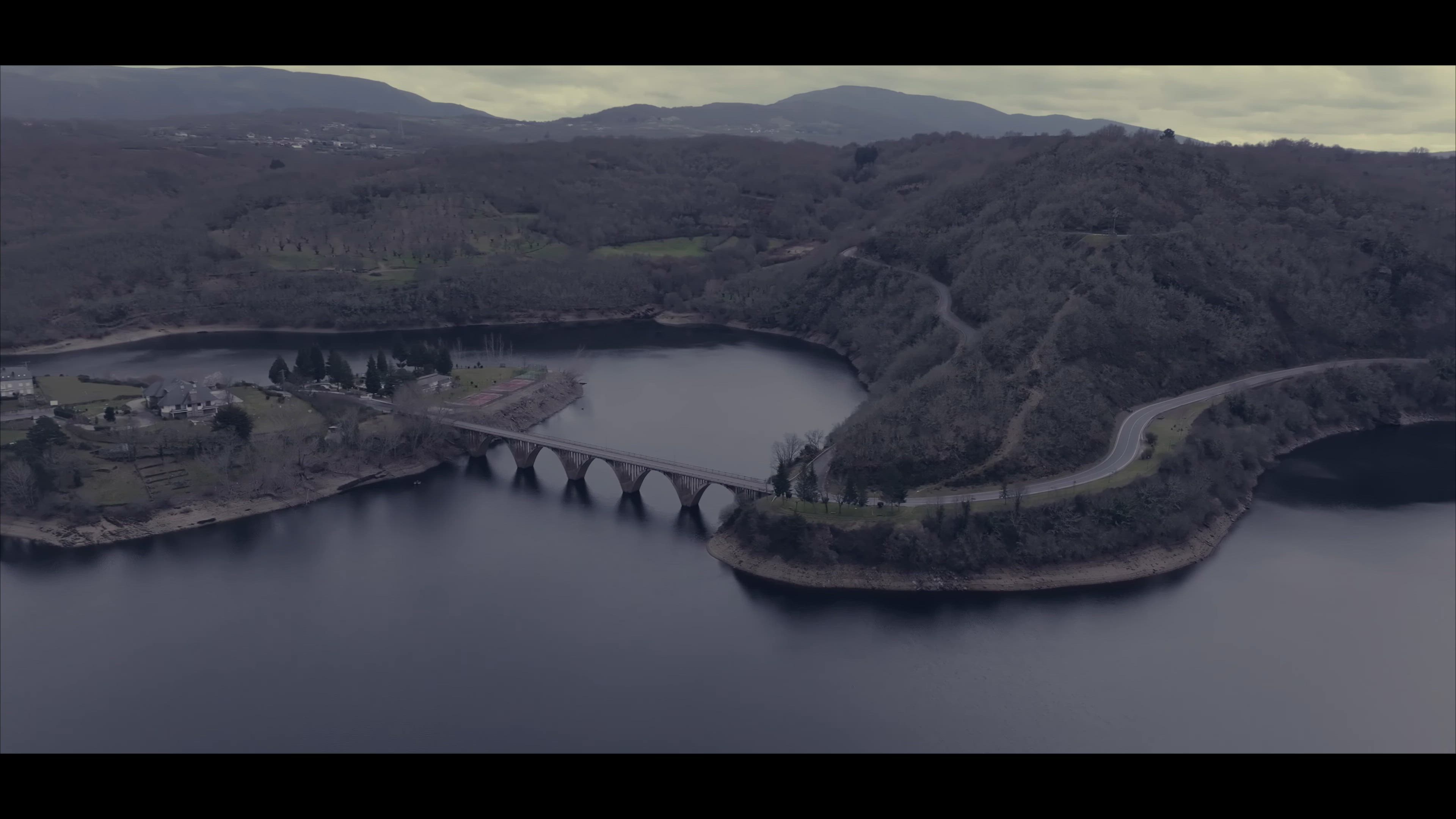
Interested In This Footage?
Macizo Central Orensano
- about 2 years ago
- 505 VŪZ
10 



- 5
- Report
Orensano Central Massif.
Video made in the central massif of Orense, most of them within natural areas protected by Natura 2000. We begin our adventure by visiting the Sanctuary of As Ermitas, a religious temple of baroque architecture located in the parish of Ermidas, in the municipality of O Bolo, halfway road between Viana do bolo and A Rúa, in the province of Ourense, Autonomous Community of Galicia, Spain, ecclesiastically belongs to the diocese of Astorga. It has been declared an Asset of Cultural Interest.
The next stop is the town of Viana do Bolo. The history of Viana do Bolo takes place in the shadow of its castle, which, built in the Middle Ages, enjoyed its own jurisdiction and government. The historical development of these lands is closely linked to this medieval fortress. The so-called Torre da Homenaxe (01:31) still remains, with a square base and a height of 18 meters, which was built around the year 800 for defense against the Moors and was destroyed during the fights that the Viennese had with them.
In the year 1180, Fernando II arrived in Viana del Bollo, who found the fortress destroyed, rebuilt it and repopulated the town. The Torre del Homenaje first belonged to Fernando Osorio de Castro.
Before leaving the lands of Viana we headed to the town of Caldesiños where the Roman mine "As Borreas" is located. This clay land of Viana do Bolo and the Camba River valley was used by the Romans 2000 years ago. Their exploitation was based on the search for gold and to do so they removed thousands of tons of earth. The Roman gold exploitation of As Borreas had an area of up to 17 hectares
It was a secondary mine, that is, the particles and nuggets of gold ore were separated from the clay soil after intense work of washing and tamping the land.
The Romans needed water for extraction and to do so they did not skimp on resources for collection. That is why they were not worried about building very long canals and even tunnels drilled in the same rock, the labor was cheap. Apparently, in the As Borreas mines the water was captured more than 19 km away, in the place on the Bibei River called A Petada das Bestas, very close to the current Pías reservoir, already bordering Zamora.
After saying goodbye to Viana we visited the "ola do Cenza" waterfall, this large waterfall is located in the municipality of Vilariño de Conso, in the parish of Castiñeira.
Before reaching Vilariño de Conso and delivering its waters to the Conso River, it forms a narrow valley and has to overcome a slope of more than 100 meters in just 300 linear meters, which causes the formation of enormous waterfalls that form the Fervenza da Ola do Cenza.
There are wooden walkways and stairs that reach various viewpoints from which we can admire this spectacular waterfall, which is undoubtedly among the highest in Galicia, although not in a single jump, but due to its unevenness.
As a last destination, also in Vilariño we approach the As Portas reservoir on the Camba river, built in 1975 with 228mw of installed power, it holds the title of the highest dam in Galicia with its 141 meters.
Up Next
Val do Navea

- Airviewstudio
- 506 VŪZ
8 - 8
- 8 months ago
ARAGON

- Airviewstudio
- 719 VŪZ
8 - 6
- about 1 year ago
GALICIA NATURAL EP.2 | POZAS DE MELÓN | FERVENZA DE TOURÓN

- Airviewstudio
- 517 VŪZ
0 - 0
- about 2 years ago
El Bierzo, Pasado Minero

- Airviewstudio
- 782 VŪZ
9 - 6
- about 2 years ago
O Camiño dos Faros

- Airviewstudio
- 710 VŪZ
10 - 8
- about 2 years ago
Viana From Above

- Airviewstudio
- 694 VŪZ
6 - 3
- 4 months ago
MY YEAR 2023 | CASTILLA Y LEÓN

- Airviewstudio
- 928 VŪZ
4 - 2
- almost 2 years ago
Summer in Portugal

- Airviewstudio
- 806 VŪZ
5 - 4
- over 1 year ago
A Trip Through Portugal | Porto & Vila Nova de Gaia

- Airviewstudio
- 661 VŪZ
5 - 4
- over 1 year ago
Monumento Natural las Médulas

- Airviewstudio
- 1.5k VŪZ
8 - 13
- about 2 years ago
